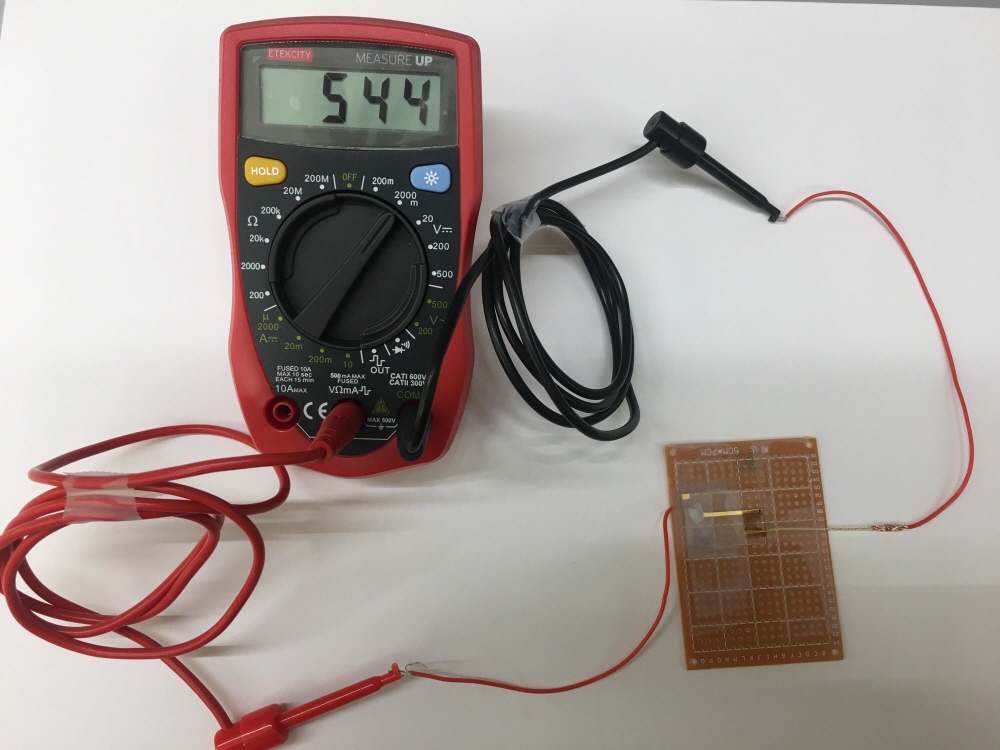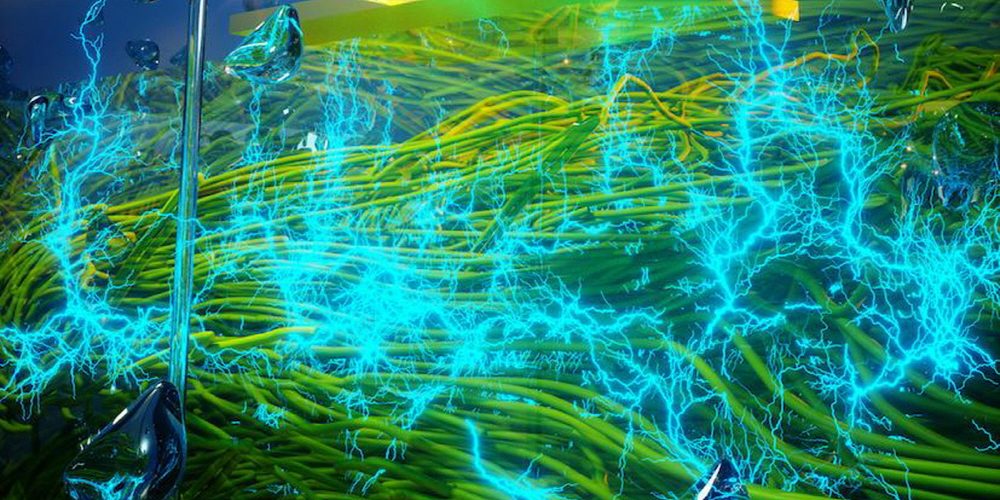
The MIT research team developed Air-gen, a device that powers air.
Airgen detects water vapor in the air and generates electricity by using nanowires of conductive protein produced by a type of bacteria on a film less than 10 microns thick. When the film surface adsorbs water vapor in the air, it creates an electric current between the two electrodes according to the chemical properties and the void relationship between the wires.
Currently, only prototypes of Airgen have been built. However, even in this state, it is said that it can already be supplied to small electronic devices. For example, it can work in dry desert areas. In addition, if sufficient power generation capacity can be secured, it will be possible to adopt even difficult medical devices in the event of a power outage.

The research team is developing E. coli that produces proteins more efficiently than now, and accordingly, it is expected that, for example, it will be possible to make self-powered smartphones that do not require charging. Since Airgen technology does not require sunlight and wind, it is expected that it will be possible to create a house that generates power for 24 hours without solar panels, etc., or ultimately to a large-scale system to produce sustainable energy. This technology-related paper was published in the journal Nature on February 17th. Related information can be found here .


















Add comment